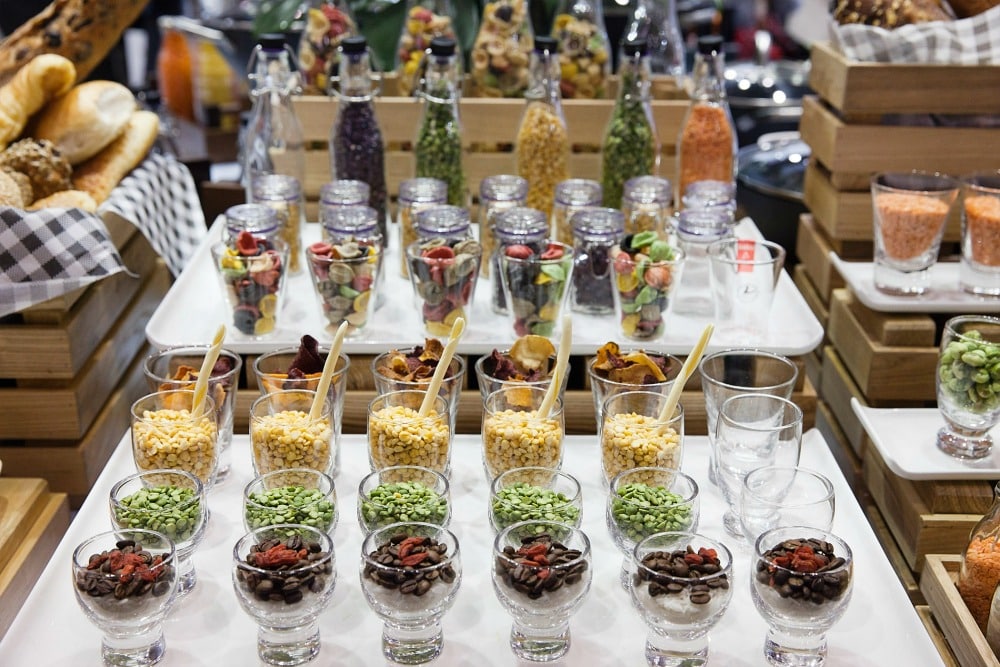5 food trends you need to know about – Part 2 of 2
Continuing from our previous blog post, three more of our pick of food trends currently impacting the industry are:
Gluten Free
Driven by coeliac sufferers, wheat intolerants and the health conscientious (regardless of how “healthy” a gluten free diet may be for those without an intolerance), the Australian gluten free market is growing at a rapid pace, leading some industry experts to estimate this market to be worth approximately $94 million by 2015. As a result of this growing demand, food manufacturers are increasingly introducing gluten free products, and the range of gluten-free products available to consumers continues to rise. But it's not only food manufacturers that are responding to this growing demand. Scan any menu at your local cafe or restaurant and you will notice that there are plenty of gluten free options available.
Japanese food influences
Our love affair with Asian foods is still going strong, and one study reported that by 2011, close to 70 per cent of Australian kids could use chopsticks. Whilst Thai and Chinese cuisines have dominated many of our restaurant scenes nationally, Japanese food influences are increasingly being felt and seen. From the proliferation of sushi train style eateries to Japanese fine dining, the trend towards Japanese food can be seen everywhere from home delivery websites to the local pub to exclusive restaurants. We’re over any previous qualms about eating raw fish and we’re downing sake and loving bowls of ramen noodles. The Land of the Rising Sun still has much in store for us, however, with previously unseen ingredients making their way onto our shores and flavours like yuzu becoming mainstream vernacular thanks to the likes of Masterchef.
Sustainability
As our environmental impact continues to dominate discussions around the world, sustainable food has become not just a trend, but a movement. Consumers’ values and preferences for sustainable and environmentally friendly produced food are increasing. As a result of this paradigm shift, producers, together with the support of government and industry bodies, are increasingly focused on researching, identifying and developing new ways to ensure food security whilst also limiting the impact on the environment. The environmental movement is not only limited to the way food is farmed and produced, but also how it is created and stored. As a result, the foodservice industry has been looking for refrigerants that are greener than traditional HFC refrigerants but also safer than hydrocarbons. Australian CyberChill commercial refrigeration has been working with Honeywell on a new HFO-based refrigerant that is not only safer than hydrocarbon, but also has an even lower GWP (Global Warming Potential).
Have you read our Fine Food newspaper yet? Check out all the articles here.
-
Stay up to date with the latest news, industry insights and Fine Food Australia updates.
- Subscribe
